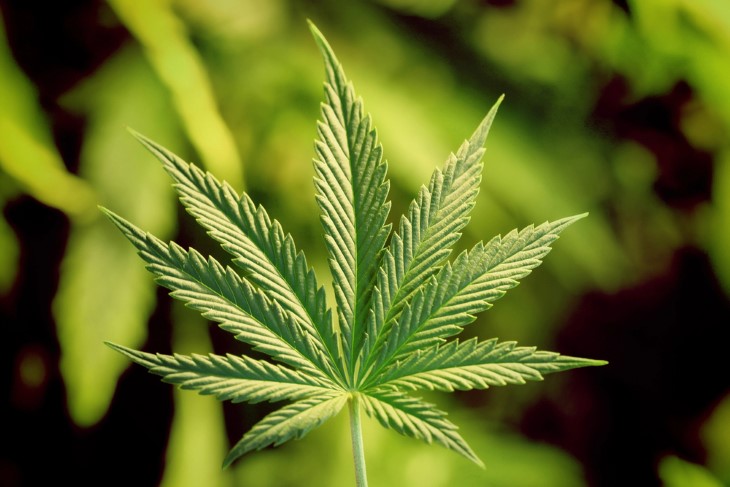
In a society where change is as constant as the ticking of a clock, few transformations have been as rapid and as controversial as the evolution of cannabis. Gone are the days when cannabis was merely a topic of fringe counterculture or a simple plant grown discreetly in backyards and basements. Today, it’s at the forefront of numerous legal, social, and medical discussions, especially concerning its increased availability and potency. This shift is particularly poignant for parents today, who may remember a very different version of cannabis from their youth.

During the 1990s, the typical THC (tetrahydrocannabinol) concentration in marijuana—seized by agencies like the DEA—hovered around 4 percent. Fast forward to recent years, and that number has increased nearly fourfold, averaging about 15 percent. But that’s just scratching the surface. The advent of cannabis concentrates has introduced products with THC levels ranging from 40 percent to over 80 percent. These figures aren’t just numbers; they represent a fundamental shift in how cannabis affects its users, particularly young adults and adolescents whose brains are still developing.
The legalization wave sweeping across the United States has brought with it a proliferation of cannabis forms far beyond the dried leaves smoked by generations past. Today’s market includes oils, edibles, waxes, and shatters—each with varying levels of potency and methods of ingestion. This diversification has made cannabis more accessible and less detectable, allowing users to vape or dab without the telltale smoke and odor that once acted as natural deterrents.

These developments have significant implications. As a professor of psychology specializing in adolescent substance use, I have observed the escalating impact of these potent products on young minds. Cannabis use during adolescence is linked to a range of adverse outcomes, from diminished academic performance to increased risk of psychiatric disorders, including schizophrenia and paranoia. The heightened potency of modern cannabis products only amplifies these risks.
Moreover, the shift from smoking to vaporizing cannabis can disguise usage, making it harder for parents and educators to detect and address. The term "dabbing" refers to the process of heating a small amount of concentrate on a hot surface and inhaling the vapor. Unlike traditional smoking, dabbing can be nearly odorless, further complicating parents' ability to monitor their children’s cannabis consumption.
The array of products also brings complexity to understanding what is being used. Terms like "budder," "shatter," and "wax" are common in the cannabis lexicon, each referring to different forms of concentrates with distinct appearances and THC concentrations. Keeping up with this ever-evolving terminology is crucial for effective communication between parents and their children regarding drug use.

Recent studies highlight the trends and risks associated with these new cannabis forms. For instance, a 2021 systematic review reported that cannabis vaping among adolescents nearly doubled from 2017 to 2020. This rise is alarming, considering vaping makes it easier to consume higher THC levels more frequently, a practice linked to an increased incidence of cannabis-related psychosis and other mental health issues.
The comparison to alcohol provides a clear analogy: traditional, smoked cannabis might be likened to beer, while today’s concentrated forms are more akin to vodka in terms of potency. The risks, therefore, are proportionally higher and the effects more severe, underscoring the need for early and honest discussions about the implications of cannabis use.
For parents navigating these conversations, the challenge is twofold. They must not only educate themselves about the changing nature of cannabis but also engage their children in open discussions about its risks. Research consistently shows that expressing disapproval of drug use can deter adolescents from starting. These conversations are most effective when initiated early, ideally before the onset of adolescence, and continued as children grow into teenagers.
Such dialogues can feel daunting and may risk making parents feel out of touch. However, they are essential for safeguarding the well-being of the next generation as they navigate an increasingly complex world. Helpful resources are available online, offering guidance on how to approach these discussions thoughtfully and effectively.
As cannabis continues to evolve, so too must our conversations about it. Understanding the new face of cannabis—not just its forms and effects but also its broader social acceptances and legal status—is critical. By staying informed and proactive, parents can better equip their children to make wise decisions about cannabis use, ensuring that this new era of cannabis culture doesn’t leave lasting negative impacts on young lives.